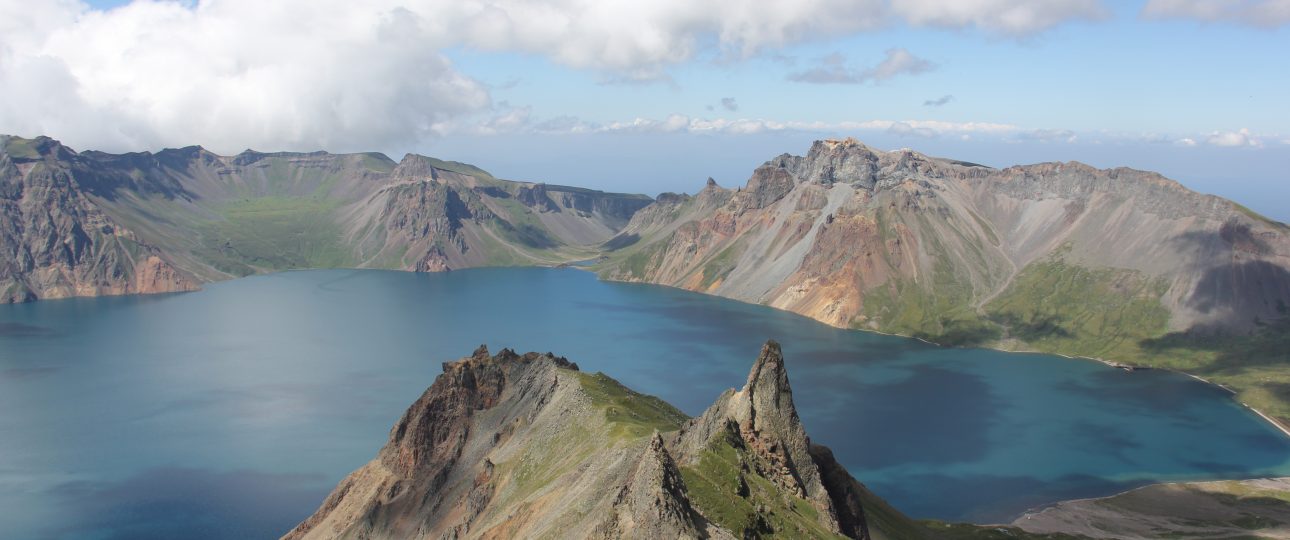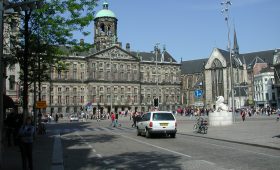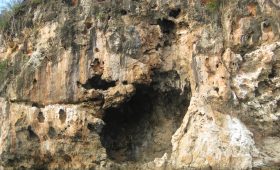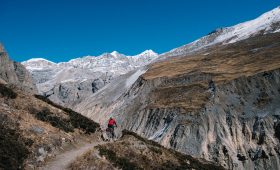Exploring Paektu Mountain
Location and Geography
Paektu Mountain, also known as Mount Baekdu, is situated in the northern region of North Korea, straddling the border with China. Standing at 2,744 meters (9,000 feet), it is the highest peak on the Korean Peninsula. The mountain is part of the Baekdu Mountain range, which extends into China, where it is known as the Changbai Mountains. The area is characterized by its rugged terrain, dense forests, and the Yalu and Tumen Rivers that form part of the border with China.
Historical and Cultural Significance
Paektu Mountain holds profound historical and cultural importance for Koreans. It is revered as the mythical birthplace of Dangun, the legendary founder of the first Korean kingdom. The mountain’s significance extends into modern history, as it was a site of resistance during the Japanese occupation. North Korea’s official historiography also claims that Kim Jong-il, the country’s former leader, was born here, adding to its symbolic status.
Natural Features
The mountain’s most striking feature is Heaven Lake, a vast crater lake formed by volcanic activity. Known as Chonji in Korean, this alpine lake is one of the deepest and coldest in the world, surrounded by stark rocky crags. On the Chinese side, the Changbai Waterfall, with a height of 68 meters (223 feet), adds to the area’s natural allure, though it is more accessible from China.
Best Time to Visit
For those planning a visit, the summer months from June to August offer mild weather and vibrant natural scenery. Autumn, from September to October, is equally appealing, with the foliage transforming into vivid hues. However, travelers should be aware that Mount Baekdu is an active volcano, with its last eruption recorded in 1903, and experts suggest it could erupt again.
Getting There
Reaching Paektu Mountain requires careful planning. Visitors typically fly into Pyongyang, North Korea’s capital, and then take a domestic flight to Samjiyon Airport. From there, government-provided buses transport visitors to the mountain. Independent travel in North Korea is not permitted, so arranging a guided tour is necessary.
Local Transportation
Once at Samjiyon, transportation is limited to government-organized buses. Hiring a local guide is advisable to navigate the area and gain insights into its history and culture. The infrastructure is basic, reflecting the region’s remote and controlled nature.
Additional Attractions
- International Friendship Exhibition Hall: Located in Myohyangsan, this site showcases gifts given to North Korean leaders by foreign dignitaries.
- Pegae Hill: A historical site linked to the Korean People’s Army during the Japanese occupation.
- Jong-il Peak: A significant site with inscriptions commemorating Kim Jong-il’s claimed birthplace.
While Paektu Mountain offers breathtaking natural beauty and a deep cultural narrative, potential visitors should be prepared for the logistical challenges and restrictions inherent in traveling to North Korea. The experience, however, promises a unique glimpse into a region steeped in history and myth.




